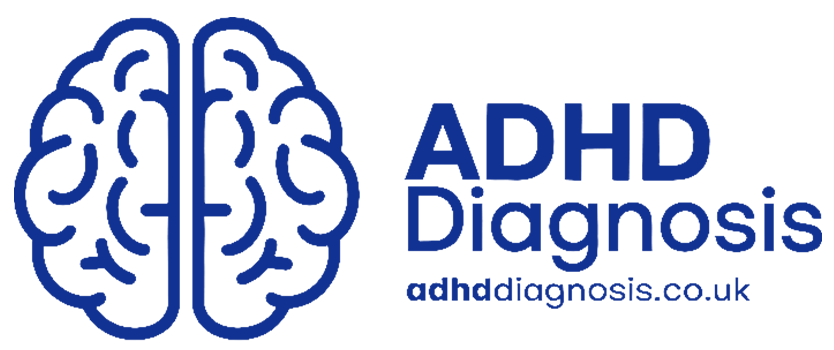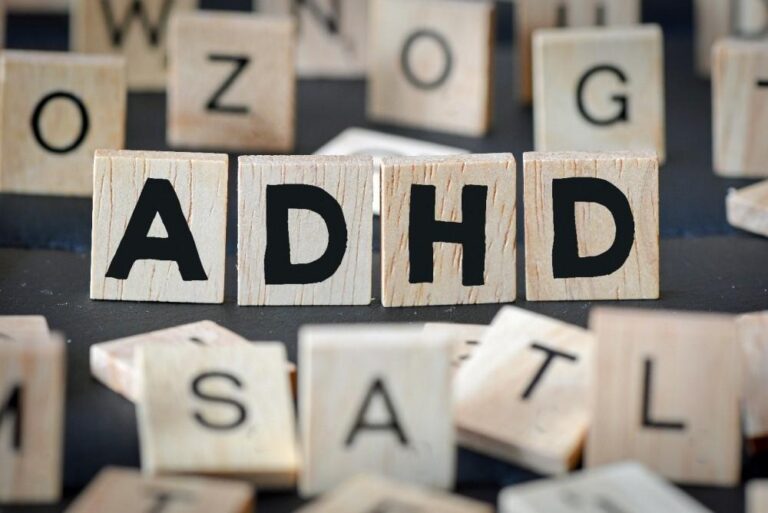Introduction
Attention Deficit Hyperactivity Disorder (ADHD) is one of the most commonly diagnosed neurodevelopmental disorders, affecting both children and adults worldwide. Despite its prevalence, ADHD is often misunderstood and misdiagnosed, leading to confusion and frustration for those affected.
In this article, we’ll cover the basics of ADHD, including its definition, common symptoms, causes, and available treatment options. Whether you suspect you have ADHD, know someone who might, or are simply curious to learn more, this guide will provide you with a clear and straightforward understanding of the condition.
What is ADHD?
ADHD stands for Attention Deficit Hyperactivity Disorder. It is a neurological condition that affects a person’s ability to focus, control impulses, and regulate their activity levels. ADHD is considered a developmental disorder because it typically appears in childhood and can persist into adulthood.
People with ADHD often experience difficulties in academic, professional, and social settings due to challenges with focus, organisation, and impulse control. However, with the right support and management, individuals with ADHD can thrive and lead successful lives.
Types of ADHD
ADHD is generally classified into three main types, depending on the dominant symptoms:
1. Inattentive Type
This type of ADHD is characterised by difficulties with focus and organisation. People with inattentive ADHD may:
- Have trouble paying attention to details
- Easily become distracted
- Forget daily tasks or appointments
- Struggle to organise work or activities
- Avoid tasks that require sustained mental effort
2. Hyperactive-Impulsive Type
This type is defined by excessive energy and impulsive behaviour. Symptoms may include:
- Fidgeting or tapping hands and feet
- Difficulty staying seated or still
- Talking excessively or interrupting conversations
- Difficulty waiting their turn
- Acting without thinking about consequences
3. Combined Type
This is the most common type of ADHD and includes a mix of both inattentive and hyperactive-impulsive symptoms. Individuals with combined ADHD may experience challenges with both focus and impulse control.
What Causes ADHD?
The exact cause of ADHD is not fully understood, but research suggests that it is influenced by a combination of genetic, neurological, and environmental factors.
✅ Genetics
ADHD tends to run in families, suggesting a strong genetic link. Studies show that individuals with a family history of ADHD are more likely to develop the condition.
✅ Brain Structure and Function
Differences in brain structure and activity have been observed in people with ADHD. These include:
- Lower levels of dopamine, a neurotransmitter involved in motivation and focus
- Reduced activity in areas of the brain responsible for attention and self-regulation
✅ Environmental Factors
Certain environmental factors may increase the risk of developing ADHD, including:
- Premature birth or low birth weight
- Exposure to smoking, alcohol, or drugs during pregnancy
- Lead exposure during early childhood
Common Symptoms of ADHD
The symptoms of ADHD can vary from person to person and may change over time. Here are some of the most common signs to look out for:
In Children:
- Difficulty staying focused on tasks or conversations
- Easily distracted by noises or visual stimuli
- Trouble following instructions or completing homework
- Excessive talking and interrupting
- Difficulty playing quietly
In Adults:
- Chronic disorganisation and poor time management
- Trouble meeting deadlines or staying on task
- Impulsivity, such as making decisions without thinking
- Difficulty managing stress and emotions
- Restlessness and difficulty relaxing
Many adults with ADHD may not realise they have the condition until they face challenges in work, relationships, or personal responsibilities.
How is ADHD Diagnosed?
ADHD is typically diagnosed through a comprehensive evaluation by a mental health professional, such as a psychiatrist, psychologist, or neurologist. The diagnostic process may include:
- Clinical Interview: A detailed discussion about the individual’s symptoms, medical history, and personal challenges.
- Behavioural Questionnaires: Standardised tests to assess attention, hyperactivity, and impulse control.
- Observation: Reports from teachers, parents, or close family members may be used to provide additional context.
The diagnostic criteria for ADHD are outlined in the DSM-5 (Diagnostic and Statistical Manual of Mental Disorders) and the ICD-10 (International Classification of Diseases).
Treatment Options for ADHD
ADHD is a lifelong condition, but it can be effectively managed with a combination of treatments.
🏥 Medication
Medication is often prescribed to help manage the symptoms of ADHD. The most common types of medication include:
- Stimulants: Such as methylphenidate (e.g., Ritalin) and amphetamine-based medications (e.g., Adderall)
- Non-stimulants: Such as atomoxetine (Strattera) and guanfacine (Intuniv)
💬 Cognitive Behavioural Therapy (CBT)
CBT is a form of talking therapy that helps individuals with ADHD develop better coping strategies. It focuses on changing negative thought patterns and improving organisational skills.
🌿 Lifestyle Changes
Simple adjustments to daily routines and habits can also help manage ADHD symptoms:
- Exercise: Regular physical activity can improve focus and reduce hyperactivity.
- Diet: A balanced diet rich in protein, whole grains, and omega-3 fatty acids may support brain function.
- Sleep: Maintaining a consistent sleep schedule can help regulate mood and energy levels.
- Mindfulness and Relaxation: Techniques such as meditation and deep breathing can improve focus and reduce stress.
Living with ADHD
Living with ADHD presents unique challenges, but with the right support, individuals can manage their symptoms and succeed in their personal and professional lives. Some helpful strategies include:
- Breaking large tasks into smaller, manageable steps
- Using reminders and calendars to stay organised
- Seeking support from therapists, coaches, or support groups
- Building a structured daily routine
Support from family, friends, and mental health professionals is essential in helping individuals with ADHD reach their full potential.
Myths and Misconceptions About ADHD
There are several common myths about ADHD that contribute to misunderstanding:
ADHD isn’t a real condition. – ADHD is a medically recognised disorder with established diagnostic criteria.
ADHD only affects children.– ADHD can persist into adulthood, and many adults are only diagnosed later in life.
People with ADHD are lazy. – ADHD is not caused by laziness; it’s a neurological condition that affects how the brain processes information.
When to Seek Help
If you or someone you know is experiencing symptoms of ADHD that are interfering with daily life, it’s important to seek professional support. Early diagnosis and treatment can make a significant difference in managing the condition effectively.
Conclusion
ADHD is a complex but manageable condition that affects millions of people worldwide. Understanding the basics of ADHD – its types, symptoms, causes, and treatments – is the first step towards effective management and support.
With proper diagnosis, medication, therapy, and lifestyle adjustments, individuals with ADHD can lead productive and fulfilling lives. If you think you may have ADHD or know someone who does, don’t hesitate to reach out to a healthcare professional for guidance.
Take the Next Step
If you feel that you or someone you know might benefit from an ADHD diagnosis and personalised treatment plan, consider booking an assessment with ADHDdiagnosis.co.uk. Their team of experienced professionals offers comprehensive assessments and tailored support to help you manage ADHD effectively. Taking the first step towards understanding and managing ADHD can make a significant difference in your life.







